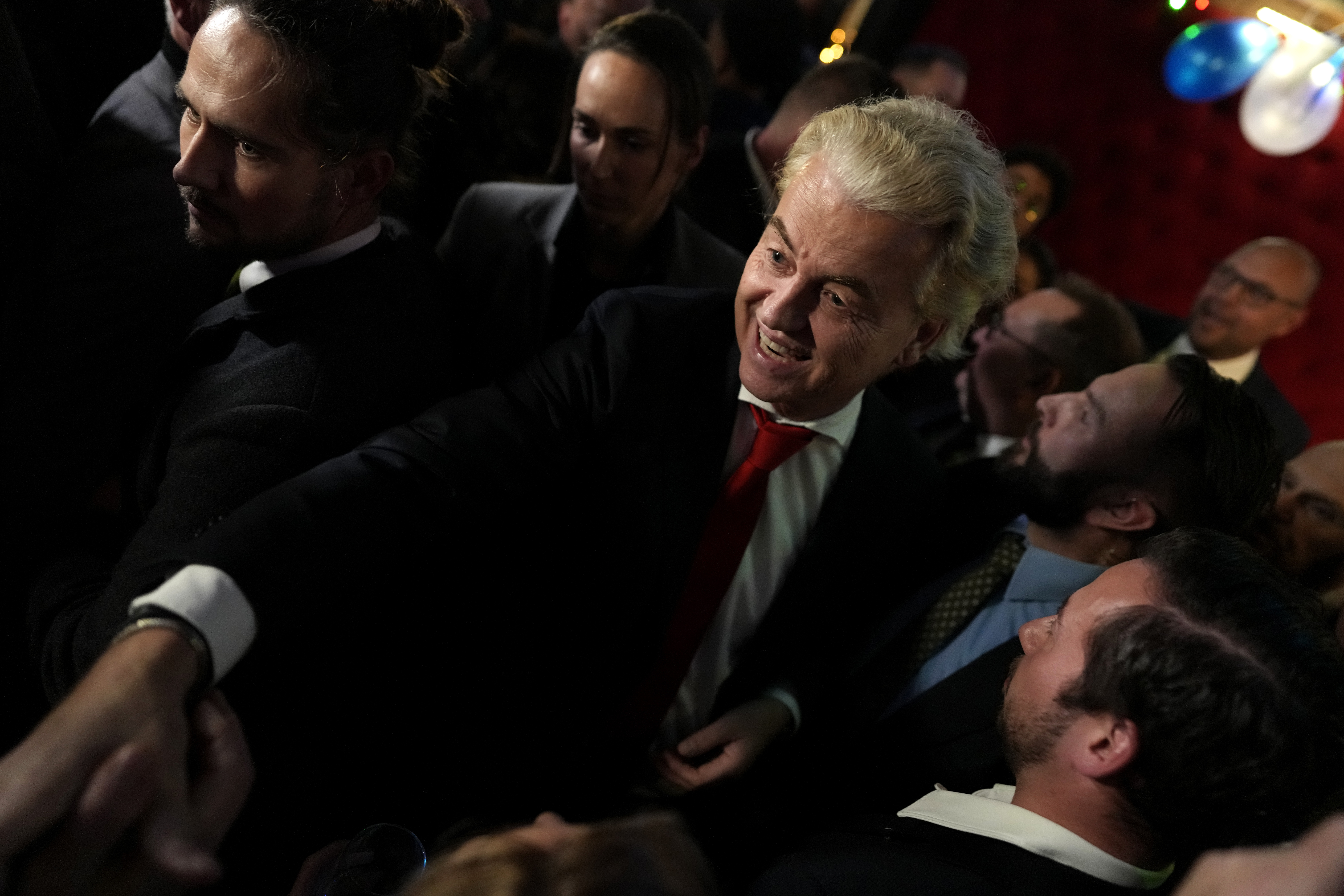World Bank allocates first instalment of US loan to Ukraine involving proceeds from frozen Russian assets
On Wednesday, 18 December, the World Bank's Executive Board approved a US$2.05 billion loan to Ukraine, with a portion of it being a US loan funded by proceeds from frozen Russian assets for the first time.

On Wednesday, 18 December, the World Bank's Executive Board approved a US$2.05 billion loan to Ukraine, with a portion of it being a US loan funded by proceeds from frozen Russian assets for the first time.
Source: European Pravda, citing a World Bank press release
Details: The new financial assistance to Ukraine covers a US$1.05 billion loan that Ukraine will receive through the Advancing Needed Credit Enhancement (ADVANCE) Ukraine Trust Fund, which is funded by the International Bank for Reconstruction and Development (IBRD).
The remaining US$1 billion is a grant from the World Bank's Facilitation of Resources to Invest in Strengthening Ukraine Financial Intermediary Fund (FORTIS Ukraine FIF).
It was to this fund that the United States had previously transferred US$20 billion, secured by proceeds from frozen Russian assets.
The new tranche of the World Bank "aims to support the Government of Ukraine in implementing reforms that will strengthen the country’s economic potential and improve macro-financial stability," the press release said.
The funds will be allocated to Ukraine's Ministry of Finance for budgetary support and policy reforms aimed at enhancing economic stability and fostering structural shifts towards sustainable growth.
These measures seek to boost competition in the railway sector, promote renewable energy production, increase lending to agriculture, and streamline state involvement in the banking sector.
Background:
- On 10 December, the United States announced that it would allocate US$20 billion to a special fund of the World Bank for Ukraine.
- This is part of the Group of Seven's plan to provide Ukraine with €50 billion using proceeds from frozen Russian assets. The funds will be issued as a loan, but repayment will come through a tax on the excess profits generated from these frozen assets.
Support UP or become our patron!


